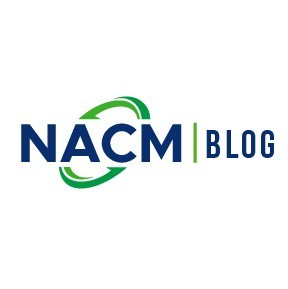The most successful business-supplier relationship is one of reliability. When one of the parties fails to hold its own, the relationship becomes harder to maintain and may even suffer as is the case with retailer Sears and its vendors.
Sears first filed Chapter 11 bankruptcy in October 2018, and about a month later, the U.S. Bankruptcy Court approved the department store's plan to "stay in business and sell itself," despite unpaid invoices of approximately $134 million. The 125-year-old retailer once again made headlines on June 2 when the New York Post reported a rift between Sears and its suppliers, the latter of whom are suffering from lack of payment.
According to the New York Post, 12-year Sears supplier Michelle Chan is among the suffering suppliers as owner of Hong Kong-based company Mien Co. Ltd., a manufacturer handbags, wallets and belts. In addition to losing her life savings last October, the article states Chan has since had "to borrow from relatives, liquidate her retirement savings and take out high-interest bank loans pledging her home as collateral" to stay afloat.
"Mien is not a big company like Samsung [or] Whirlpool," Chan said in the article. "Being owed such a big amount of nonpaid invoices is a serious attack."
This week, Edward Lampert, hedge fund owner, announced he will combine Sears Hometown with Sears and Kmart under another company, Transform Holdco, while a lawsuit by six of Sears' suppliers determines whether Sears or Lampert are on the hook for the debt.
—Andrew Michaels, editorial associate
